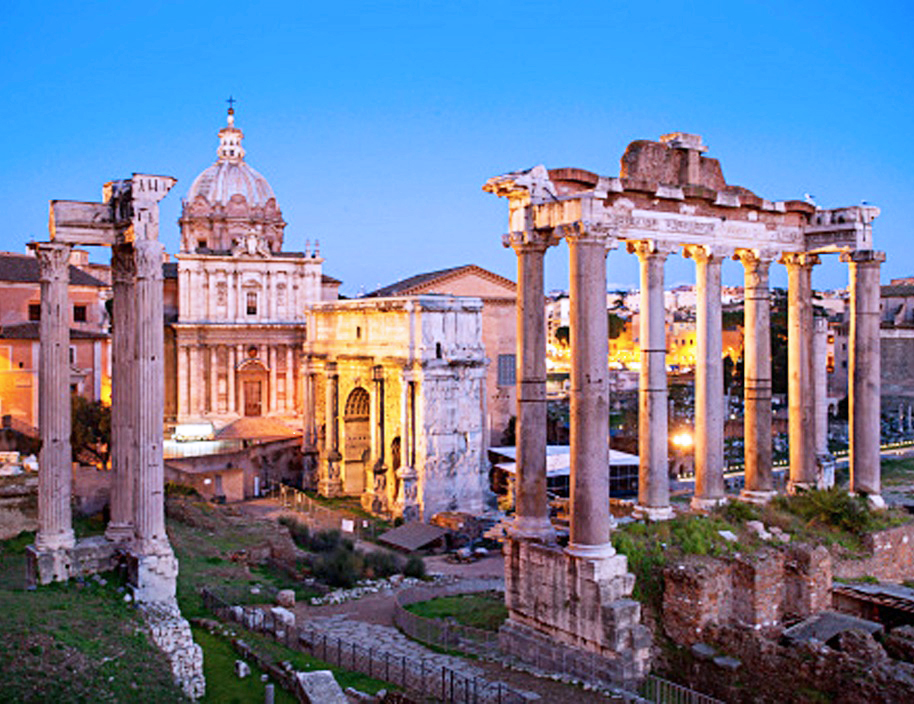Tourism Boom for Cities of Art
Recently released figures indicate that last year tourists continued to flock to cities in Italy renowned for their priceless works of art and cultural heritage. Arrivals to such cities totaled 44.4 million people, 600,000 more than 2017. Rome topped the list with 15.2 million arrivals and 36.6 million overnight stays. The 2019 Culture Capital of Culture, Matera in the region of Basilicata, saw an astounding 216% increase in recent times. 75% of tourists head for the country’s most popular destinations, which the report describes as the top 10 art cities of Italy: Rome, Milan, Florence, Venice, Turin, Naples, Bologna, Verona, Genoa and Pisa. The study found that the amount of accommodations available in Italy increased by 126% between 2010 and 2018, most of it in the “non-hotel category.” Visitor numbers are only expected to keep growing, with 2019 set to be busier than ever for many of Italy’s tourist hotspots. Revenue from tourism is also growing. International tourists added €41.3 billion to the Italian economy last year, equivalent to boosting the GDP by 1.5 percent.
No Kiss for the Ring
Pope Francis shocked the assembled faithful when he yanked his hand away from devoted followers who sought to kiss the Papal ring, one of the most powerful symbols of the Pontiff’s authority. Kissing it is a sign of obedience and respect and is a tradition dating back centuries. Footage of the surprising incident went viral, igniting a heated debate about what it meant. The first several minutes of the video showed priests and religious officials kissing the Pope’s ring after a service in Loreto, Italy. But when long lines of lay churchgoers lined up to greet him, he refused to allow them to kiss the ring. The Vatican later clarified the reaction of the Pope, stating his motivation was that he wanted to avoid the risk of germs spreading among those kissing the ring and that it was purely for hygiene reasons. But, he is happy to let people kiss his ring in small groups.
Another New Discovery in Pompeii
A well-preserved frescoed “fast food” counter is among the latest discoveries unearthed by archaeologists in the ancient Roman city of Pompeii. Experts estimate that as many as 150 thermopolia, or snack bars, dotted the city and were mostly used by the poorer residents who rarely had cooking facilities in their home. Typical menus included coarse bread with salty fish, baked cheese, lentils and spicy wine. An image of the 2,000-year old relic found in Regio V (a 21.8-hectare site to the north of the archaeological park), was posted by Superintendent Massimo Ossana, who wrote, “A thermopolium has been brought back to light, with its beautiful frescoed counter.” Regio V, which is not yet open to the public, is the most intensive dig at the site since the 1960s. Excavations thus far have yielded dozens of discoveries.
Balsamic Fraud Foiled
Italian police seized more than 9,000 tons of crushed grapes as part of an investigation into the fraudulent production of balsamic vinegar. The fraudsters allegedly sold the common table grape must to companies which produce balsamic vinegar and passed it off as being from the prized Sangiovese and Trebbiano varieties. Balsamic vinegar, famed for its concentrated and complex flavor, can legally be produced from only seven specified grape varieties. Last year, Italian police foiled a plot to flood the market with nearly half a million counterfeit bottles of Tuscany’s prized Brunello di Montalcino red wine. The original balsamic vinegar of Modena is made from a reduction of pressed specified grape varieties. The resulting thick syrup called mosto cotto, is aged for a minimum of 12 years, sometimes over 100, in barrels made of cherrywood, chestnut or ash. The rarest bottles of balsamic vinegar can cost up to €300.
WWII Pilot’s Remains
A Royal Air Force Spitfire pilot, whose remains were found nearly 75 years after he was shot down over Italy, has been given a burial with full military honors. Warrant Officer John Henry “Harry” Coates died after his fighter plane was hit by flak during a raid on shipping south of Venice in March 1945. His remains and that of his Spitfire, were found by local enthusiasts from a group called Romagna Air Finders. He was given a full military funeral at the Commonwealth War Graves Commission Cemetery in the city of Padua, close to where his Spitfire crashed. Several members of the pilot’s family attended the ceremony. When local enthusiasts came across the wreck of the aircraft, they found an RAF pilot’s wings and the rank insignia of a warrant officer. The number of the Spitfire matched that of WO Coates’ aircraft. Forensic samples were taken and the DNA proved a match with a member of his family.
Gucci to Restore Capitoline Hill Area
The Florentine fashion brand Gucci has announced that it is paying to restore the area of Capitoline Hill known as the Tarpeian Rock. The area was famously and notoriously known as the cliff where traitors were executed by being thrown to their deaths during Roman times. Gucci will foot the bill for cleaning up the natural features. Paths around the cliff will be cleared and a new lighting system installed in what is being described as a restyling of the area. The project will take about 18 months to complete. Gucci will stage its Cruise 2020 fashion show inside the Capitoline Museums, which date back to 1471 and are considered to be the oldest museum complex in the world.





